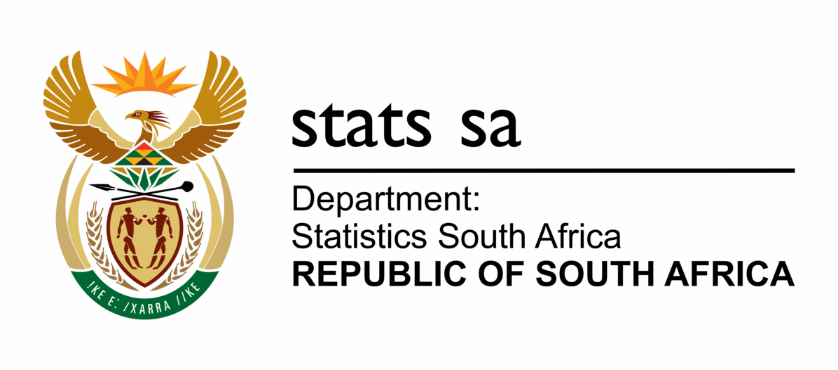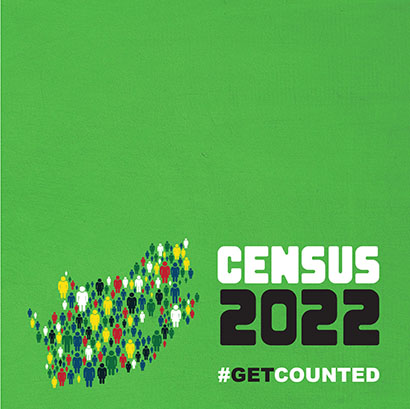
2022: A rocky road for product prices
Consumer inflation hit its highest level in 13 years during 2022. The average inflation rate for the year (6,9%) hides the differences in timing and extent of price increases for different product groups. Transport and food & non-alcoholic beverages (NAB) had the biggest impact on overall inflation. Breaking the year down, the headline rate was read more »
Stats Biz – January 2023
The year 2022 was tough, with soaring prices and rising interest rates leaving average consumers feeling the pinch. South Africa’s average inflation rate for 2022 was 6,9%, higher than the 4,5% recorded for 2021. The 2022 reading is the highest annual average rate since 2009 – the end of the global financial crisis. Explore inflation, read more »

Inflation softens for a second month
Annual consumer price index (CPI) inflation registered its second monthly decline in December, edging lower to 7,2% from 7,4% in November and 7,6% in October. The monthly rate in December was 0,4%. The December release concludes the results for the calendar year. Average annual inflation for 2022 was 6,9%, higher than the 4,5% recorded read more »

Almost 1 million births in 2021 and the most popular baby name is ….
According to the Recorded Live Births, 2021 report released by Statistics South Africa, almost 1 million births occurred in 2021 and the most popular baby names were Lethabo and Melokuhle for boys and girls respectively. Melokuhle, Lethabo and Lethokuhle were the most popular names amongst both baby girls and boys in South Africa in 2021. read more »

Third quarter jobs rise in SA formal non-agricultural sector
According to the Quarterly Employment Statistics (QES, Q3:2022) survey released by Statistics South Africa (Stats SA), total employment in the formal non-agricultural sector increased by 10 000 in the third quarter of 2022, bringing the level of total employment to approximately 10 million. The survey showed that jobs increased by 31 000 between September 2021 and read more »

Inflation softens to 7,4%
Consumer price inflation moderated slightly in November to 7,4% from 7,6% in October. The monthly change in the consumer price index (CPI) was 0,3% in November, slightly lower than the 0,4% recorded in October. The three categories with the highest annual inflation rates in November were transport (15,3%), food & non-alcoholic beverages (NAB) (12,5%) and read more »

Business turnover and expenditure decline for the first time in a decade
Marked by COVID-19, the 2020–2021 period was incredibly challenging for the South African economy. Data from Stats SA’s latest Annual financial statistics (AFS) survey, which includes the first three months of the hard lockdown, shows a decline in formal business turnover and expenditure. The AFS reference period typically entails a lag effect: the survey reference read more »
Stats Biz – November 2022
After contracting by 0,7% in the second quarter of 2022, the economy rallied in the third quarter, expanding by 1,6%. The size of the economy now exceeds pre-pandemic levels. Real gross domestic product (GDP) was R1 161 billion in the third quarter, which is above the previous peak of R1 152 billion recorded in 2018. Explore economic growth, as read more »
Data and information updates to your inbox
Register your consent/objection to receiving direct and updated communication on your preferred statistics and other pertinent Stats SA information. As our valued stakeholder, we would like to establish your consent/objection to Stats SA communicating directly and regularly with you via email to update you on your preferred statistics and other organisational information. Stats SA publishes read more »

South African GDP grows by 1,6%
After contracting by 0,7% in the second quarter of 2022, the economy rallied in the third quarter, expanding by 1,6%.1 The agriculture, finance, transport and manufacturing industries were the main drivers of growth on the supply side of the economy. The demand side of the economy was lifted by a rise in exports and government read more »



